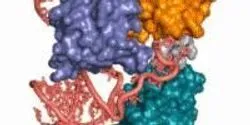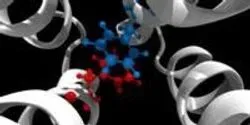Molecular Biology

Reginald Beer, PhD, medical diagnostics initiative leader at Lawrence Livermore National Laboratory, talks to contributing editor Tanuja Koppal, PhD, about the trends and innovations in digital PCR. While touting the advantages of digital PCR, he explains that not every lab needs to invest in this technology. Lab managers should look closely at their samples and assays to determine if digital PCR is needed for their application.

Problem: Achieving successful PCR (polymerase chain reaction) results requires proper control of many factors and parameters. The yield—quantity and quality—of amplified DNA is often essential for downstream applications and ultimately successful completion of experimental research. PCR reagents, consumable sample vessels, and the thermal cycler instrument must all be properly chosen for the specific PCR application, and must also meet quality and performance requirements. In addition to these components that must work correctly in conjunction, sample preparation is typically done manually and must be done with care and accuracy.

University of Texas Southwestern Medical Center researchers created new nerve cells in the brains and spinal cords of living mammals without the need for stem cell transplants to replenish lost cells.

Food testing labs have traditionally used conventional PCR and quantitative real-time PCR (qPCR) to detect the presence of genetically modified organisms (GMOs) in food and feed. When quantification is required, GMO content in these samples is expressed in relative terms as the ratio of the quantity of the transgene, which is the nucleic acid fragment introduced in the host genome, to that of an endogene, a gene normally found in the host genome.

Since its introduction in 2011, Bio-Rad Laboratory’s Droplet Digital PCR (ddPCR™) technology has demonstrated the potential to be a transformative technology, particularly in clinical applications. At the second annual CHI Digital PCR Conference in San Diego, CA, Oct. 7–9, 2013, 12 scientists using Bio-Rad’s Droplet Digital PCR systems will highlight ddPCR applications that have advanced their research.














